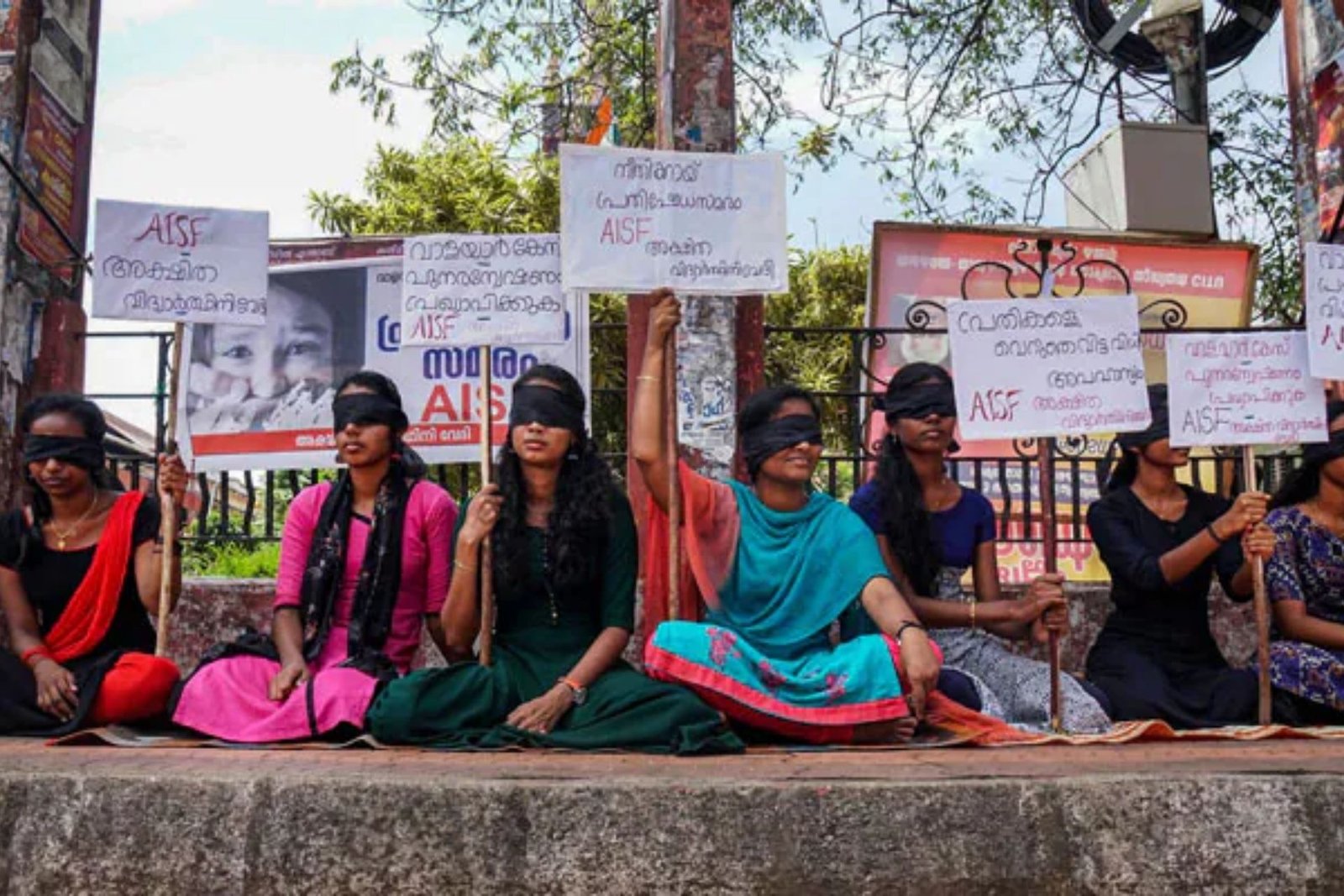The Darbar Move, a 149-year-old practice, has been an integral part of Jammu and Kashmir’s administrative framework. This unique tradition involved the bi-annual shifting of the state’s capital between Jammu and Srinagar, a move aimed at addressing regional administrative needs and maintaining governance throughout the varying climates of the two cities. However, the practice was abolished three years ago, in 2021, as part of modernization efforts in the region.
Abolition in 2021: Modernization Efforts Take Center Stage

In 2021, the administration, under the leadership of Lieutenant Governor Manoj Sinha, decided to put an end to the Darbar Move. The decision was largely influenced by financial and logistical concerns. The government emphasized that technology and digitization had made it possible to maintain efficient governance without the need for physically relocating the entire administrative machinery twice a year. The abolition marked a significant shift in the state’s governance.
Speculation of a Possible Return
Now, three years after its abolition, discussions are brewing over the potential return of the Darbar Move. Sources suggest that there has been increasing support from various political groups and citizens who see the tradition as a way of maintaining a balance between Jammu and Srinagar. Proponents of the move argue that it fosters better administrative presence in both regions, ensuring that neither is sidelined.
Why the Return? Balancing Regional Needs
One of the key reasons behind the reconsideration of the Darbar Move is the perceived regional imbalance that its abolition may have caused. The rotation between the two cities allowed for a visible administrative presence in both Jammu and Srinagar, catering to the distinct needs of each region. Without the Darbar Move, some believe Jammu has been overshadowed by Srinagar as the center of governance, raising concerns among the people of Jammu.
Challenges Ahead
Despite the growing support, reintroducing the Darbar Move may face several challenges. The financial and logistical issues that led to its abolition in 2021 remain valid concerns. Additionally, there is the question of whether the reintroduction of the practice aligns with the government’s push towards a more technology-driven and centralized governance model.
A Tradition Poised for Revival?
While there has been no official confirmation yet, the potential return of the Darbar Move would signal a significant shift in Jammu and Kashmir’s administrative policies. It remains to be seen whether the historic tradition will be restored, balancing the needs of both Jammu and Srinagar, or if modern governance practices will continue to hold sway in the region.
The Hindustan Herald Is Your Source For The Latest In Business, Entertainment, Lifestyle, Breaking News, And Other News. Please Follow Us On Facebook, Instagram, Twitter, And LinkedIn To Receive Instantaneous Updates. Also Don’t Forget To Subscribe Our Telegram Channel @hindustanherald











































